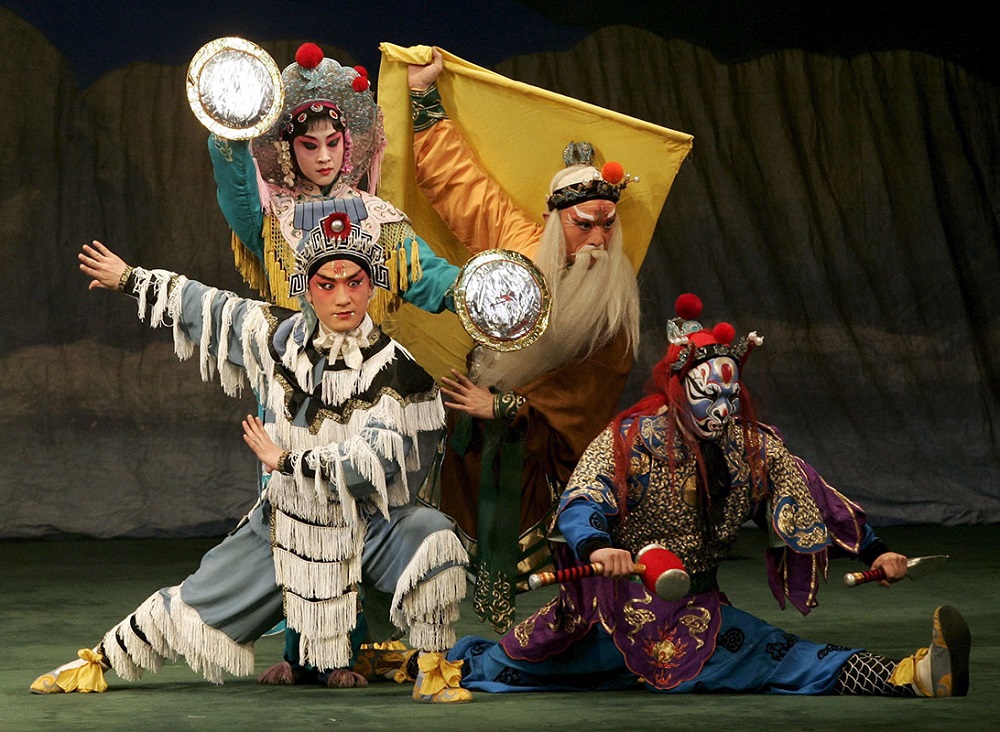

The costumes of Beijing Opera have strong Chinese characteristics, and from the styles, audiences can identify the characters. Usually bat's, swallow's, or butterfly's' wings are painted on eyebrows, eyes and cheeks, and nose and mouth are exaggerated to portray facial expressions. The facial makeup uses a special method which emphasizes characteristics, whilst being an art form in itself, combining spiritual and artistic expression. Costumes and Makeup of Beijing Operaīeijing Opera features four main types of roles: Sheng, Dan, Jing and Chou. The History & Development of Beijing Operaīeijing Opera developed from Anhui province travelling troupes, but is popular all over China now.īecause Beijing Opera entered the Imperial Court at an early stage, its development is different from other operas in that it is required to contain a broader theme, create more character types, and at the same time, tone down the Anhui style. It was listed into Unesco Intangible Cultural Heritage of Humanity List in 2010. "The exhibition combines paintings, poems and calligraphy so that visitors can appreciate pure traditional beauty," said Li Yi, deputy director of the China Calligraphers Association Academy Committee, at the opening ceremony.With almost two-hundred-year history, Beijing Opera is one of the most influential Han operas in China, and the quintessence of Chinese culture. Kunshan calligraphers including Huo and other well-known domestic painters have created a number of literary and artistic works for the exhibition showing the historical and cultural heritage of Kunshan and the essence of Kunqu Opera in a unique way. Holding such a vivid and colorful exhibition is the responsibility of the Kunshan Federation of Literary and Art Circles ," said Xu Huiquan, vice president of KFLAC, at the opening ceremony. "We need a calligrapher like Huo who spends a lot of time and energy studying traditional Chinese culture. The works present ideas inspired by poems describing Kunshan and Kunqu Opera as well as the Yuan Dynasty (1279-1368) Yushan Yaji, one of China's largest, longest-lasting and most creative collections of poems by Kunshan poets. The exhibition presents nearly 200 artworks from masters such as well-known calligrapher Huo Guoqiang. The ancient opera form evolved from local melodies in Kunshan, and subsequently came to dominate Chinese theater during the Ming (1368-1644) and early Qing (1644-1911) dynasties. The city of Kunshan is the starting point of one of the oldest extant forms of Chinese opera - Kunqu Opera.

Photo: Courtesy of Jin TaoĪn art exhibition combining traditional Chinese operas, calligraphy and paintings kicked off on Tuesday in Kunshan, East China's Jiangsu Province. An art exhibition combining the Chinese traditional operas, calligraphy, and paintings has just unveiled on July 26, 2022, in Kunshan, East China's Jiangsu Province.


 0 kommentar(er)
0 kommentar(er)
